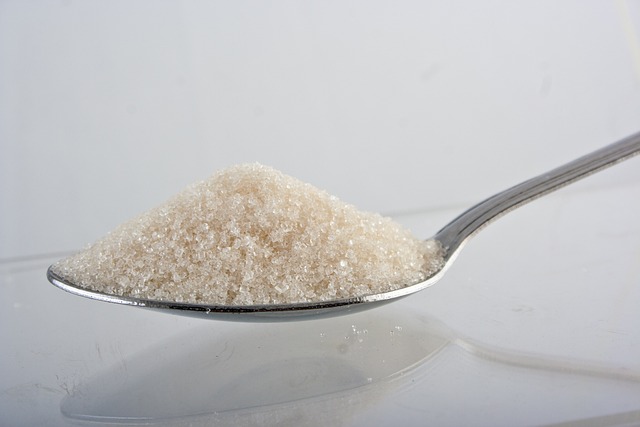The scope of our recent study on the “Precast Concrete Market Forecast to 2028 – COVID-19 Impact and Global Analysis – by Structure System (Beam and Column System, Floor and Roof System, Bearing Wall System, Façade System, and Others) and End Use (Residential, Commercial, and Others),” includes the factors fueling the market growth, revenue estimation and forecast, and market share analysis, along with the identification of significant market players and their key developments.
Precast concrete is defined as construction material, which is manufactured by casting concrete in a reusable or moldable framework, following which it is then cured in controlled environment. Such materials are precasted and prefabricated at the time of manufacturing and are then assembled and molded at the construction site. Such structures are responsible to enhance construction speed, improve productivity and helps to significantly monitor cost and quality. Hence, with the growing demand for cost-effective and safe material, the demand for precast concrete is expected to rise. Further, such form of structures is categorized as sustainable building materials as they can significantly be reused or remolded, thereby, reducing their impact on environment. The growing adoption of green and modular construction material is expected to proliferate the demand for precast concrete products in global market.
Get Sample PDF Report at :- https://www.theinsightpartners.com/sample/TIPRE00022069/?utm_source=Social&utm_medium=10489
The precast concrete industry is constantly innovating, driven by changes in global markets, rise in consumer demands, and labor cost pressures. Producers are continually seeking ways to increase efficiency, boost quality, and increase their bottom line. Furthermore, increased environmental awareness and emphasis on project life cycles have increased the demand for sustainable construction practices—especially those designed to reduce waste, greenhouse gas emissions, and energy consumption—which will further propel the precast concrete market. Moreover, modern precast concrete production technologies enable material optimization. For instance, in 2019, the new Extruder E9 was introduced. It is the pinnacle of best-in-class extruders. The unit, which represents Elematic’s 5th generation of extruders, establishes a new standard for high-speed casting in hollow-core slab production while maintaining low production costs.
Further, 3D printed precast concrete forms are also providing new creative solutions and a completely new way of thinking about design to the architectural precast industry. Molds that are 3D-printed have many benefits over traditional molds, such as they take less time to construct, produces highly replicable and long-lasting components, less material waste, and the molds can be used up to 200 times, which is an order of magnitude more than conventional molds, which can normally only be used for 15 to 20 concrete pours. This advantage reduces the marginal cost per piece for large, repetitive projects by spreading the mold’s total cost over a larger number of concrete sheets. In addition, the use of 3D-printed molds would increase the appeal of precast construction to architects and designers by enabling them to develop innovative and more complex building designs. The increasing innovations by the manufacturers in the development of cost-effective, eco-friendly, and performance-efficient precast concrete will create significant opportunities for the growth of the market.
Impact of COVID-19 Pandemic on Precast Concrete Market
COVID-19 outbreak disrupted the precast concrete market as there was a slowdown in the production of raw material, restrictions on supply chain and trade movements, decrease in construction demand, and decline in new projects. However, the need for healthcare and quarantine buildings/units is rising due to an increase in the number of COVID-19 cases. This scenario is propelling the demand for modular buildings, which is driving the growth of the precast concrete market. The outbreak has distorted operational efficiency and disrupted the value chains owing to the sudden shutdown of national and international boundaries, creating revenue loss and damage. The disturbed value chain hindered the supply of raw material. However, as the economies are planning to revive their operations, the demand for precast concrete is expected to rise globally in the coming months. Government initiatives such as Atmanirbhar Bharat, Saudi Vision 2030, and Asia-Pacific Vision 2050 are involved in boosting their economies by improving the infrastructure and construction sectors, along with providing housing facilities to every citizen. Significant investments by prominent companies in the development of advanced products are further expected to support the market growth.
About The Insight Partners
The Insight Partners is a one-stop industry research provider of actionable solutions. We help our clients in getting solutions to their research requirements through our syndicated and consulting research services. We are specialist in industries such as Technology, Media, Food and Beverage, Chemical & materials, and Telecommunication.
Our research model is very simple. We believe in client servicing and delivering the best quality to our customers. Through our research content, we are making sure that our customers get value for their money along with better quality data and analysis.
Our research content is majorly focused toward market trends in terms of market sizing, competitive landscaping, company analysis, regional or country analysis, etc. We provide a detailed break-up of segmentation in terms of geography, technology, products, and services etc., which helps our clients to gain a deeper analytical understanding of various research topics.
Contact Us
If you have any queries about this report or would like further information, please contact us:
Global: +1 646 491 9876
Asia Pacific: +91 20 6727 8686
Email: [email protected]



